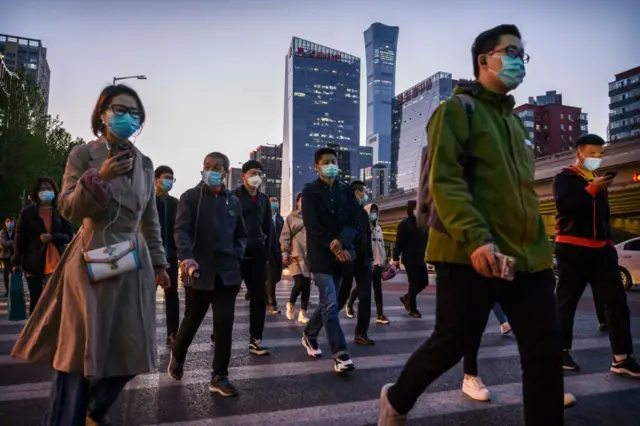Blog
If China’s industrial upgrade fails, what future do young people have?

On March 15th, China’s National Bureau of Statistics released data showing that the unemployment rate for 16-24-year-olds reached 18.1%. At the same time, over 2.5 million people registered for the 2023 National Civil Service Exam, an increase of 500,000 from last year. Additionally, more than 10 million graduates enter the job market annually. These figures highlight the challenges facing China’s economy.
With low-end manufacturing jobs moving overseas and high-end industries struggling to grow, job opportunities are limited. Young people face a tough situation: low-end jobs are leaving, and high-end industries cannot absorb enough workers.
Looking at neighboring regions may offer insights. In Hong Kong, over half of the top students chose to study medicine between 2012 and 2019, with 10 out of 12 top students in 2019 aspiring to become doctors. This shift reflects the decline in industrial development and limited career options beyond medicine, teaching, and civil service.
Taiwan also experienced economic stagnation after its golden era. As low-cost manufacturing moved to mainland China, job opportunities narrowed. Young people often find themselves with limited career paths, primarily in semiconductor manufacturing or stable jobs in medicine, teaching, and public service.
Japan, despite its “lost decades,” maintained a decent standard of living due to its strong automotive, electronics, and chemical industries. However, as the world shifts to new technologies like electric vehicles, even Japan’s job market faces increased competition.
China’s situation is unique. It has made significant progress in mid-range manufacturing and new industries like electric vehicles and the internet. However, with a large population and rising labor costs, the country faces pressure from both ends of the job market. More than 10 million graduates enter the workforce each year, leading many to seek stable but less lucrative government jobs.
For China, merely focusing on high-end industries is not enough. To create sufficient employment opportunities, boosting domestic consumption is essential. The old model of economic growth driven by real estate is no longer viable. Without strong internal consumption, even government jobs cannot absorb all job seekers. Ultimately, revitalizing domestic demand is the key to providing a sustainable future for young people.

